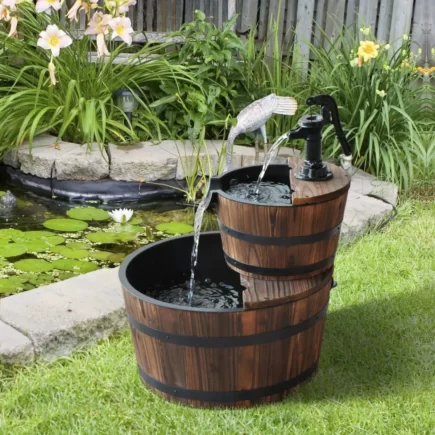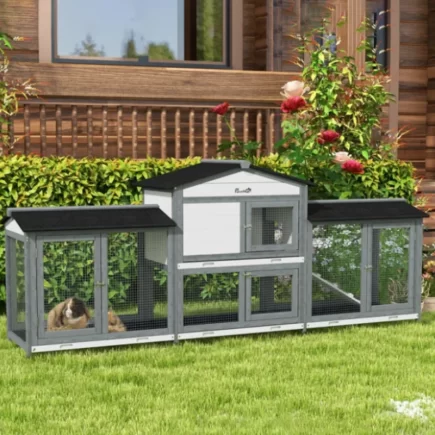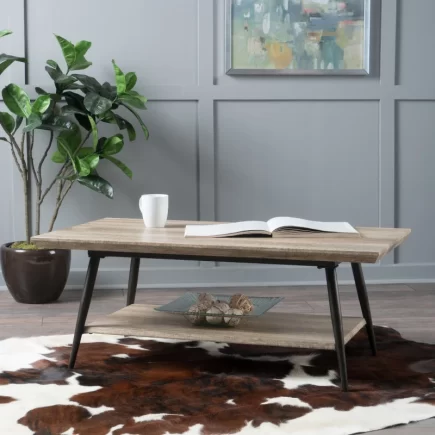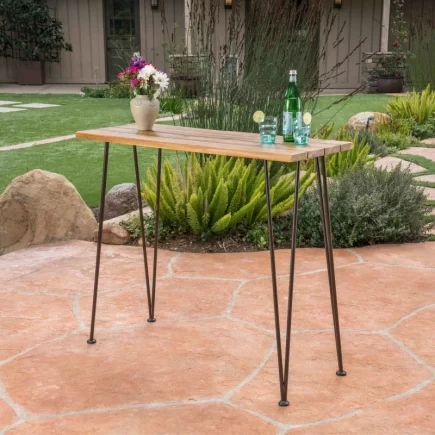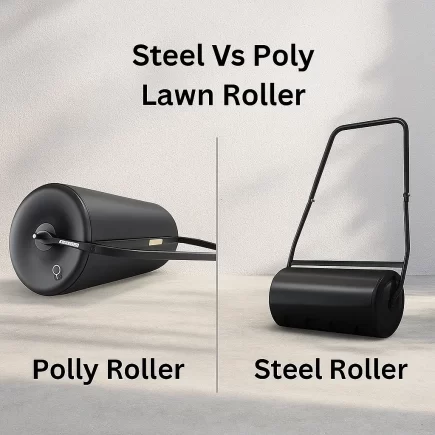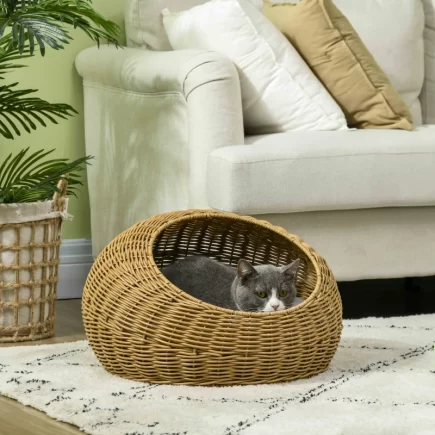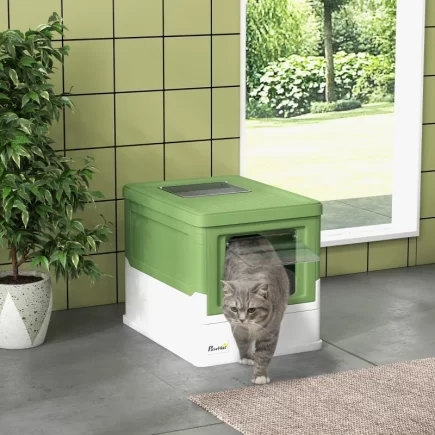When your outdoor lounge chair starts showing signs of wear and tear, there’s no need to throw it away and buy a new one. Replacing the fabric on your sling chair can save you money, extend the life of your furniture, and give it a fresh look. This comprehensive guide will walk you through every step of the process, ensuring that you’re fully equipped to restore your favorite chair back to its former glory.

Essential Materials for the Repair
Before diving into the repair process, gather the necessary tools and materials. Having everything ready ensures a smoother and more efficient process.
Tools and Equipment
| Tool/Equipment | Description |
| Sewing machine with a leather needle | A sturdy sewing machine is necessary for sewing through heavy outdoor fabric. |
| Heavyweight polyester thread | This type of thread is durable and designed to withstand outdoor conditions. |
| Measuring tape | Accurate measurements are crucial for cutting fabric correctly. |
| Flathead screwdriver | Used for removing screws and end caps from the chair frame. |
| Hammer | For tapping end caps back into place. |
| Pliers (needle nose and standard) | Pliers help with removing tubing and adjusting fabric. |
| Clamps (optional but useful) | These are useful when applying pressure to the fabric during reassembly. |

Importance of Choosing the Right Fabric
Selecting the right fabric is one of the most crucial steps in this process. Not all fabrics are created equal, especially when used in outdoor furniture. Your fabric must be:
- Durable: Outdoor fabric must withstand exposure to the sun, rain, and other elements.
- Weather-resistant: It should be resistant to fading, mold, and mildew.
- Comfortable: You want fabric that is not only durable but also comfortable to sit on for extended periods.
Step-by-Step Guide to Removing the Old Fabric
Step 1: Unscrewing and Removing Stretcher Bars
Start by removing the screws that hold the stretcher bars in place. These bars are essential for securing the fabric, so it’s important to detach them carefully.
Step 2: Prying Off End Caps
Use a flathead screwdriver and a hammer to gently pry off the end caps. These caps can often be reused, so set them aside in a safe spot.

Step 3: Remove the Back Frame
To remove the back frame of the outdoor lounge chair, locate the screws or bolts holding the frame in place. Use a screwdriver or wrench to loosen and remove them. Once removed, carefully detach the back frame.

Step 4: Removing the Old Fabric
Once the stretcher bars and end caps are removed, you can begin removing the old fabric. Gently pull the fabric and tubing out of the tracks, ensuring that you don’t damage the frame or hardware in the process. Depending on the type of chair, you may need to use pliers to pull out the tubing.

Measuring and Preparing the New Fabric
Step 5: Taking Accurate Measurements
Use the old fabric as a template to measure the new fabric. Be precise when measuring, as any slight deviation can affect the fit. Add about 1-1.5 inches to the dimensions of the old fabric to account for seams and adjustments.

Step 6: Preparing the Fabric
Before cutting and sewing, iron the fabric to remove any wrinkles. This will ensure that your measurements are accurate and that the fabric lays flat when you cut it. Use a low heat setting on your iron to avoid damaging the fabric.
Sewing and Assembling the New Fabric
Step 7: Sewing the Fabric with a Leather Needle
Sewing the new fabric into place requires a sturdy sewing machine and a leather needle. This type of needle can pierce the thicker fabric without bending or breaking. Use heavyweight polyester thread for added durability.

Step 8: Creating Parallel Stitch Lines for Strength
As you sew, make sure to create two parallel stitch lines along both the long and short sides of the fabric. These stitch lines will help hold the fabric securely in place and prevent it from unraveling over time.
Inserting the Fabric into the Chair Frame
Step 9: Attaching Fabric to the Track and Stretcher Bars
Once the fabric is sewn, it’s time to insert it back into the outdoor lounge chair frame. Start by sliding the fabric into the track and stretcher bars, ensuring that it fits snugly. Be patient and adjust the fabric as needed to avoid wrinkles.

Step 10: Techniques for Ensuring Tight and Even Fabric
Use your hands or pliers to gently tug on the fabric to ensure it’s evenly distributed. Avoid overstretching the fabric, but ensure that it’s tight enough to prevent sagging.
Reassembling the Chair
Step 11: Reattaching the Stretcher Bars
Once the fabric is securely in place, reattach the stretcher bars to the chair frame. Start by loosely attaching the bolts, then tighten them evenly. This ensures that the fabric is stretched evenly without becoming too tight in some areas.

Step 12: Ensuring the Fabric Remains Tight and Secure
As you tighten the screws, keep an eye on the fabric to ensure that it remains taut. The fabric should not be overstretched, but it should be tight enough to hold its shape.

Final Inspection and Adjustments
Checking Fabric Tension and Appearance
Once the chair is reassembled, inspect the fabric for any sagging, wrinkles, or imperfections. If the fabric isn’t as taut as you’d like, gently adjust it or re-tighten the bolts.
Replacing End Caps and Securing All Parts
Finally, reinstall the end caps to secure the fabric in place. Gently tap the caps into place using a hammer, ensuring they fit snugly without damaging the fabric.

Replacing the fabric on your outdoor lounge chair doesn’t have to be a daunting task. By following this comprehensive guide, you can refresh your chair’s appearance, extend its life, and save money on purchasing a new one. Remember, maintaining your chair through regular care will ensure it remains in great condition for years to come.
If you’re looking for a high-quality chaise lounge to work on or if you’re considering purchasing a new lounge chair, you can explore a wide range of Aosom’s Metal Chaise Lounger collection.
FAQs
1. How do I choose the right fabric for my outdoor lounge chair?
When choosing fabric for outdoor furniture, look for materials that are durable, weather-resistant, and comfortable. Fabrics like solution-dyed acrylic, polyester, and vinyl are excellent choices for outdoor use because they resist fading, mold, and mildew.
2. Do I need any special tools for replacing the fabric on my lounge chair?
Yes, a few tools are essential for this job, including a sturdy sewing machine with a leather needle, heavy-duty polyester thread, measuring tape, pliers, a hammer, and flathead screwdrivers.
3. How can I ensure the new fabric is tightly secured on the chair?
To ensure the fabric is tight and secure, use clamps or pliers to evenly distribute the fabric when inserting it back into the frame. Make sure the fabric is not overstretched but is tight enough to avoid sagging. Tighten the stretcher bars evenly, and recheck the fabric tension after reassembling the chair to make sure it holds its shape.
4. Can I reuse the end caps and stretcher bars when replacing the fabric?
Yes, end caps and stretcher bars can often be reused. Just make sure to carefully remove them without damaging the chair frame, and reinstall them after the new fabric is in place. If the end caps are damaged during removal, you may need to purchase new ones.


